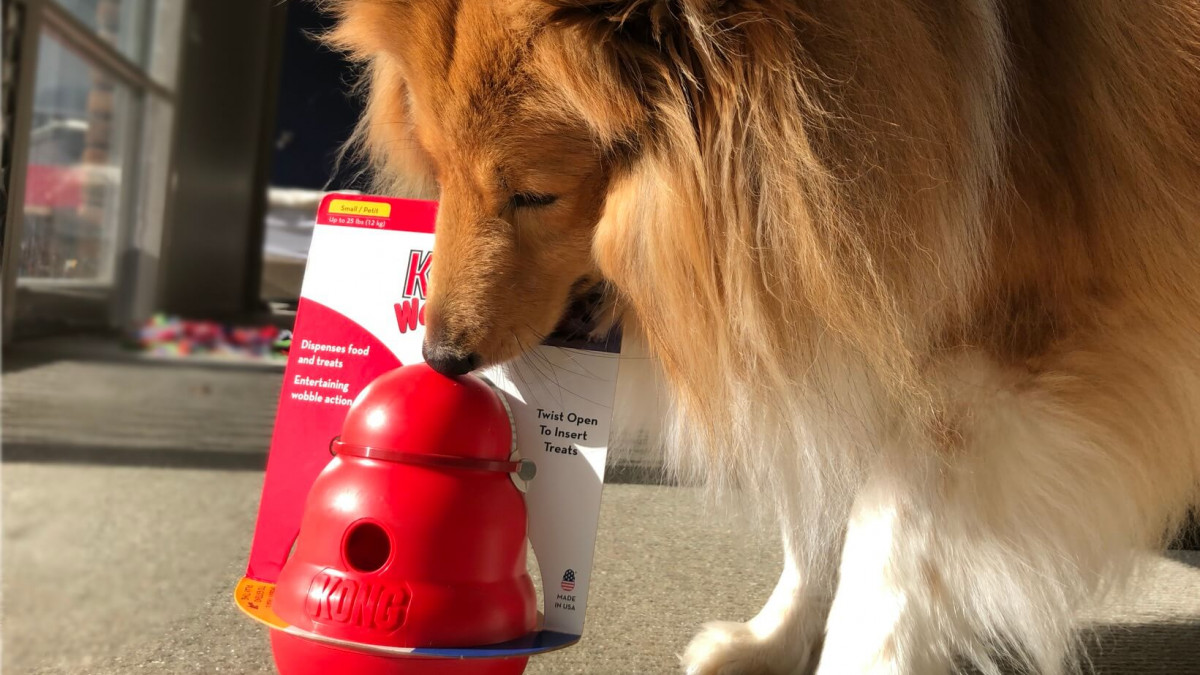For all the dogs who've touched our hearts
Tips for quiet, happy dogs while working from home

Stuck at working at home? Here are some useful tips to keep your dogs happy and quiet so you can get things done.

This is the second blog in the series Working from home with dogs. In the first blog I discussed the importance of routine and how to set up your working day and space. If you missed it you can find it HERE. In today’s blog I’ll share tips for quiet, happy dogs while working from home.
Thanks again to Justis McLaren and Destiny G. Kelledy of Two Sisters Healing Arts for their input.
Tip 1: Schedule important work in quiet times
I was on Zoom call yesterday when things got noisy. It was sunny and neighbourhood kids poured into the street. They were laughing, yelling and their Cocker Spaniel joined in the fun barking at the top of his lungs. Naturally my dogs barked too which made it very hard to talk!
As my example shows, it’s hard to work when the dogs are barking or wanting attention but all dogs, even the most excitable ones do sleep. As much as possible use these times to schedule important meetings and focused work.
Avoid meetings when your dogs are normally active: I never schedule focused work for around 3pm because I WILL get mugged! It makes for some fun bloopers though!
If you listen to the end you can actually hear Bonnie licking my face!
Ask for help
If you live with other people, ask them to help you out. Even if your dog is happily asleep, a commotion in the neighbourhood is likely to stir them up – as it did mine. If you have someone else on watch for this, you can relax knowing it’s taken care of.

Tip 2: Use their meals as entertainment
Stop feeding your dog from a bowl. Using meals for entertainment is one of the easiest ways to keep your dog happy and quiet. Studies have shown that unlike us lazy, freeloading humans dogs prefer to work for their food!
The technical term is contrafreeloading. Use Kongs, food puzzles and treasure hunts to burn up excess energy. Buy good quality toys or make your own, check out Easy ideas to entertain your dog when you’re sick or stuck at home for suggestions.
Give them a bone or other chewable goodies, such as stuffed hooves and pigs ears. Have these prepared and ready to go for times when you aren’t available. Have a chat to your vet about what is appropriate for your dog.

Contrafreeloading – choosing an interactive puzzle over chicken in a bowl.

Tip 3: Crates, gates and dog friendly rooms
People can get very funny about using crates and pens to manage their dogs, but if taught well, they can be both a safe place for your dog and a blessing for you. A dog who is happy in a crate or a pen is safe and comfortable when you aren’t able to give them attention.
You can even make an entire room available; make sure it’s safe – no electric cables, dangly blind chords or other potential hazards. Remove anything that can be chewed, ripped or tangled in, especially if your dog is young. Leave your dog with their favourite bed and chew toys.
A note on separation
Never leave a dog to “bark it out”. This is unkind to the dog and hard to do, check out Ignoring a dog’s “bad” behaviour for an explanation of why. If your dog is not happy being separated from you, look for a positive reinforcement trainer who can advise on an appropriate program for your individual dog. Many trainers are doing video consultations to help clients during the pandemic.
To get you started here’s an excellent article and video tutorial from Dog Smart University: How to Crate Train Your Dog

Tip 4: Barking
Dogs bark for different reasons which require different solutions. A dog barking for attention wants to be close, whereas a dog barking at kids playing in the street wants them to go away – unless it’s my neighbour’s huge, friendly Labrador Lenny!
Barking is a complicated topic and I can’t do it justice in a couple of paragraphs, so these tips are aimed at dogs who are barking to alert (warn), not for attention.
Mask sights and sounds
To reduce barking caused by things your dog can see outside, cover the windows. You can close the blinds or use a temporary shield like a large box. Help mask street sounds by playing ambient music. Play it often in the background, especially while your dog is sleeping, to build a relaxing association.
Stop that barking!
Keep a small box of good quality dry food next to your workstation. If your dog begins to bark at people outside, call them to you and break the food into tiny pieces for a quick sprinkle treasure hunt. Be careful not to reward a chain of bark > food > bark > food… I did that with my tiny terrier Scallywag: she would bark at the window and then run to me with a happy look on her face! Break the cycle by getting your dog to work for the food: do a treasure hunt, give them food in a puzzle, or have a mini training session.

She’s got lungs and she knows how to use them!

Tip 5: Meet their needs
Working from home, and the flexibility it offers, gives us the chance to connect with our dogs like never before. Spending time together satisfies an essential need which may help them remain calm throughout the day.
Use some of your break time to play with, train or walk your dog. If you are in the habit of taking them for one long walk a day, consider changing it to two shorter walks. A 10 to 15 minute amble with lots of sniffing can be very satisfying for most dogs.
Quiet massage, calming touch and snuggles are wonderful ways of spending time with your dog. Humans and dogs share a love of touch and the right kind of touch can be very good for them. After a play or walk, settle in their quiet space and sit for a few minutes stroking with long, calm movements. Make sure it’s the kind of touch they like. Look for squinty eyes and a soft, relaxed body. Stop stroking and see if your dog asks for more. Watch the video below for how to work this out.
Check out the next blog From screen to serene: massage to calm your dog and you for instructions and tips on home massage for your dog.
Consent test: Eileen and dogs

Other things to consider
Enough sleep
Make sure your dog is getting enough sleep. Dogs need between 8 and 14 hours a day and a tired dog can be a cranky dog. This is especially important if there are kids in the house because noise and movement will keep your dog alert and awake. Provide a quiet place with your dog’s favourite bed so they can take themselves away for much needed naps. Don’t let anyone disturb them when they’re there.
Young dogs
Puppies and teens need more supervision and active engagement than older dogs. It can be tempting to tire them out by playing high energy games, but be careful – this can create over excitement and difficulty settling.
It's important that all dogs learn to settle themselves. High energy play has its place but should be supplemented by games that make them think, sniff, puzzle solve and self-entertain.
It is important with a young dog to have realistic expectations. They will bark, jump and chew on things. Make certain your environment is set up safely, so you don’t have to be the puppy police.
Tip 6: Look for the good things
While we’re talking about realistic expectations, don’t expect perfection. Remember you and your dog are getting used to changes, it will take time. Set up your environment, ask for help and look for improvement. Remember to celebrate the good things too.


Have no fear of perfection - you'll never reach it
Salvador Dali


Enjoy a break from work – dogs know how to have fun!

Resources and Further Reading
Free food or earned food? A review and fuzzy model of contrafreeloading: Science Direct
Zoo Snippets: The contrafreeloading concept- what does it mean?
Dog Smart University: Laurie Luck

You Might Also Like



Comments






Categories: : Health and welfare, Living with dogs
Comments
Never miss a thing!

 Julie van Schie
Julie van Schie 



